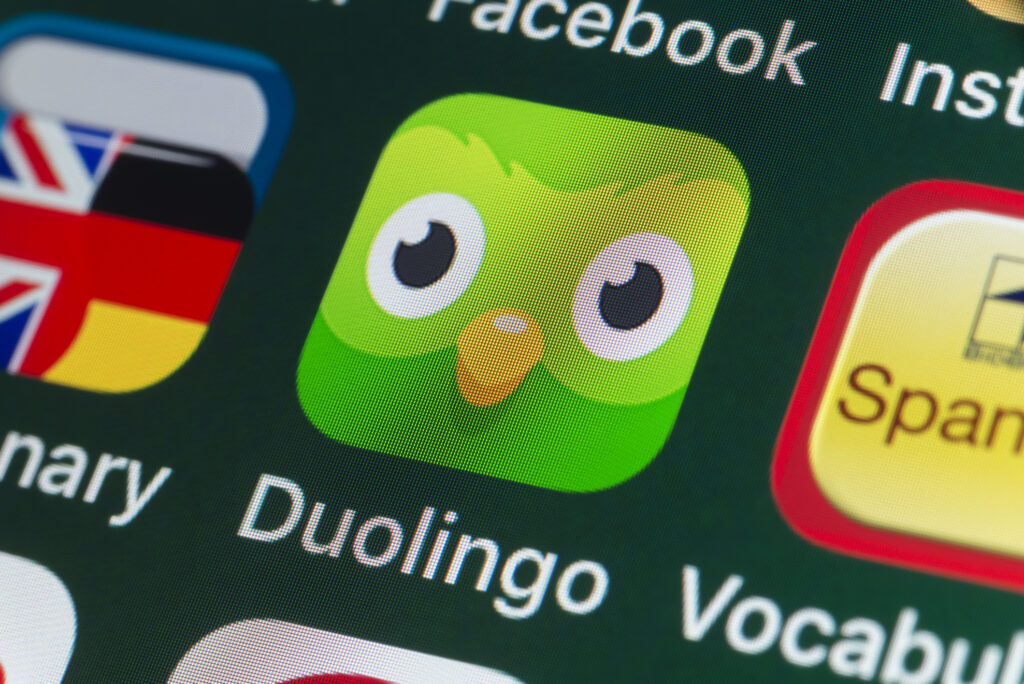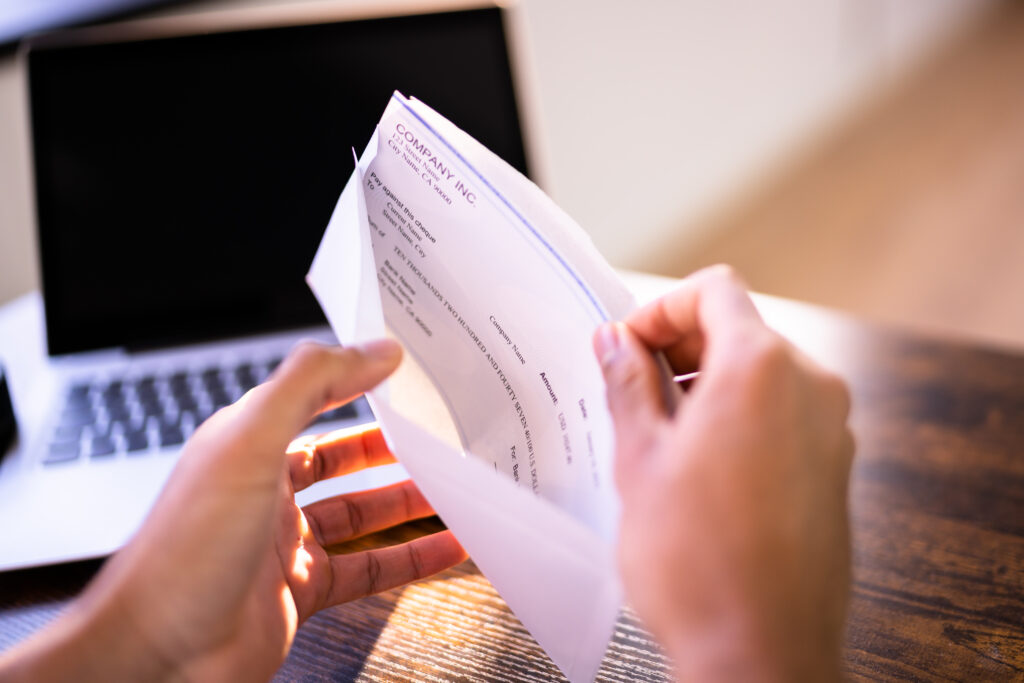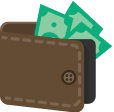That passive-aggressive owl that guilts you about missing Spanish lessons? Turns out Duo knows more about building habits than just languages. The same psychological tricks that got millions addicted to learning French can transform your emergency fund from “someday” to “already done.”
Gamification isn’t just for apps anymore. Your brain craves those little dopamine hits from completed streaks, earned badges, and level-ups. So why not hack your own reward system for financial gain? Your savings account is about to become as addictive as your daily Wordle.
Start with the streak mentality. The power of not breaking a streak is weirdly intense. Remember when you had a 47-day Snapchat streak in 2016 and losing it felt like actual grief? Channel that energy into savings. Save something – anything – every single day. Even $1 counts. Use an app that tracks streaks or go old-school with a calendar and gold stars. Whatever works.
Set up experience points for yourself. Save $5? That’s 5 XP. Skip buying lunch? 10 XP. Transfer your tax refund straight to savings? 100 XP bonus. Create levels: 0-100 XP is Bronze Saver, 101-500 is Silver Saver, and so on. Yes, you’re literally making this up, but your brain doesn’t care. It just wants to level up.
The lesson system works for money too. Monday is “Move Money Monday” – transfer $10. Wednesday is “Wishlist Wednesday” – add $5 instead of buying something you wanted. Friday is “Future Friday” – save whatever’s left in your checking. Small, manageable lessons that build into real progress.
Create achievement badges for milestones. First $100 saved? “Emergency Starter” badge. First $500? “Getting Serious” badge. One month without touching savings? “Hands Off Champion” badge. Draw them, design them in Canva, or just list them in your notes app. The format doesn’t matter; the accomplishment does.
Add the guilt feature (but make it friendly). Set up automatic text reminders. “Hey bestie, did you save your $5 today?” or “Your future self called – they want their emergency fund.” Make your phone wallpaper a reminder. Tell a friend to ask about your streak. Gentle accountability works.
The leaderboard effect is powerful if you’re competitive. Start a savings challenge with friends. Everyone puts in $20 weekly, share screenshots of transfers, celebrate victories. Make it social. The person who saves most consistently wins bragging rights (and financial security, but whatever motivates you).
Use the “heart” system for mistakes. In Duolingo, you get hearts and lose them for mistakes. Give yourself three “skip passes” per month for days you absolutely can’t save. Use them wisely. No shame, just strategy.
Time your “lessons” strategically. Just like Duolingo reminds you at optimal times, set your savings transfers for when you’re most motivated. Right after payday? During your morning coffee routine? After your weekly “treat yourself” moment as balance? Find your rhythm.
The progress bar visualization is crucial. Make your emergency fund goal visible. Draw a thermometer on your fridge. Use a savings app with graphics. Create a spreadsheet with color-coding. Watch that bar fill up. Your brain loves completion – use that.
Here’s the real secret: start stupidly small. Duolingo begins with “el niño” not advanced subjunctive conjugations. Your emergency fund starts with $1, not $1,000. Build the habit first, increase the amount later. A year of saving $5 daily is $1,825 – that’s a real emergency fund built from what seemed like nothing.










